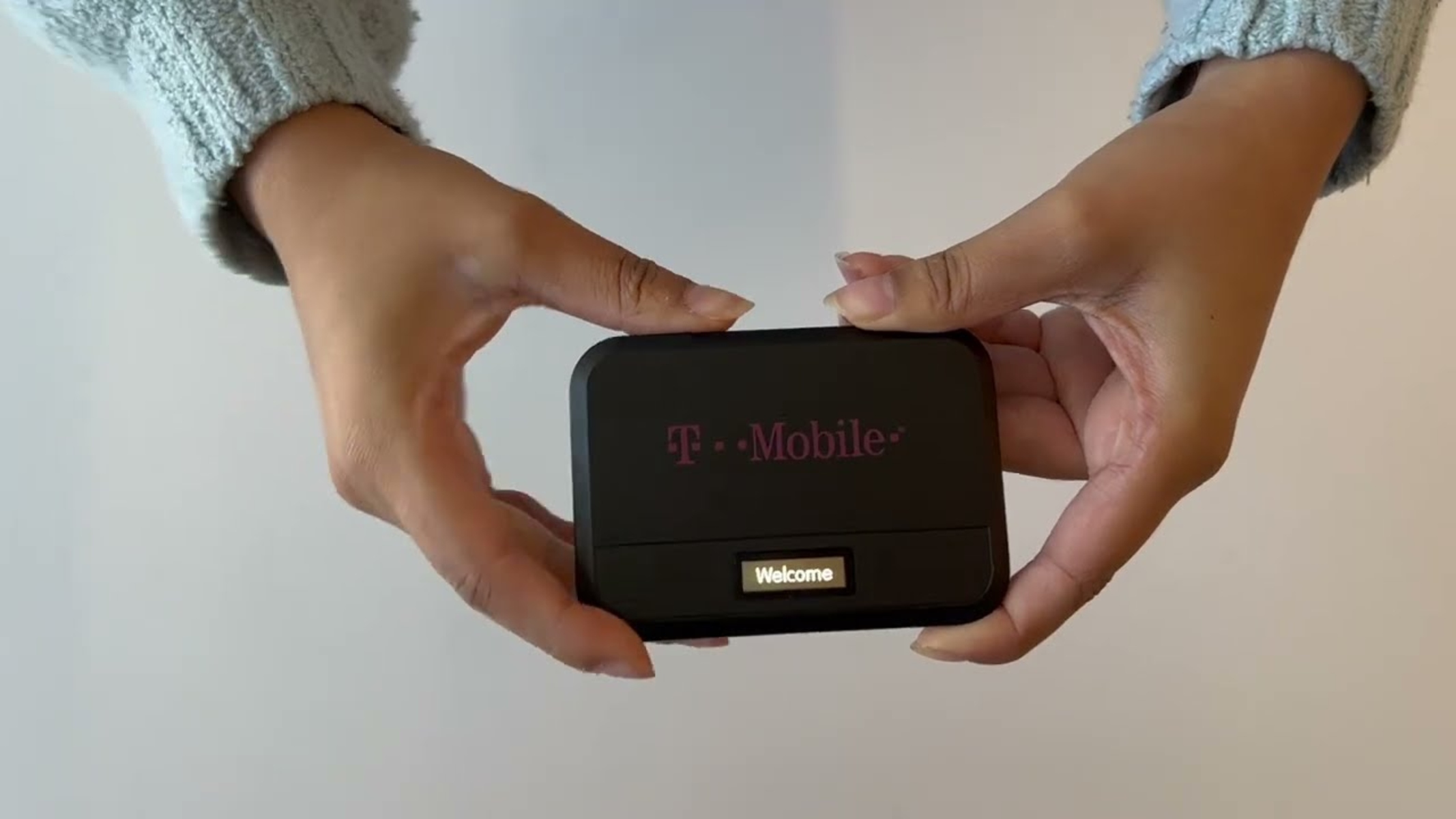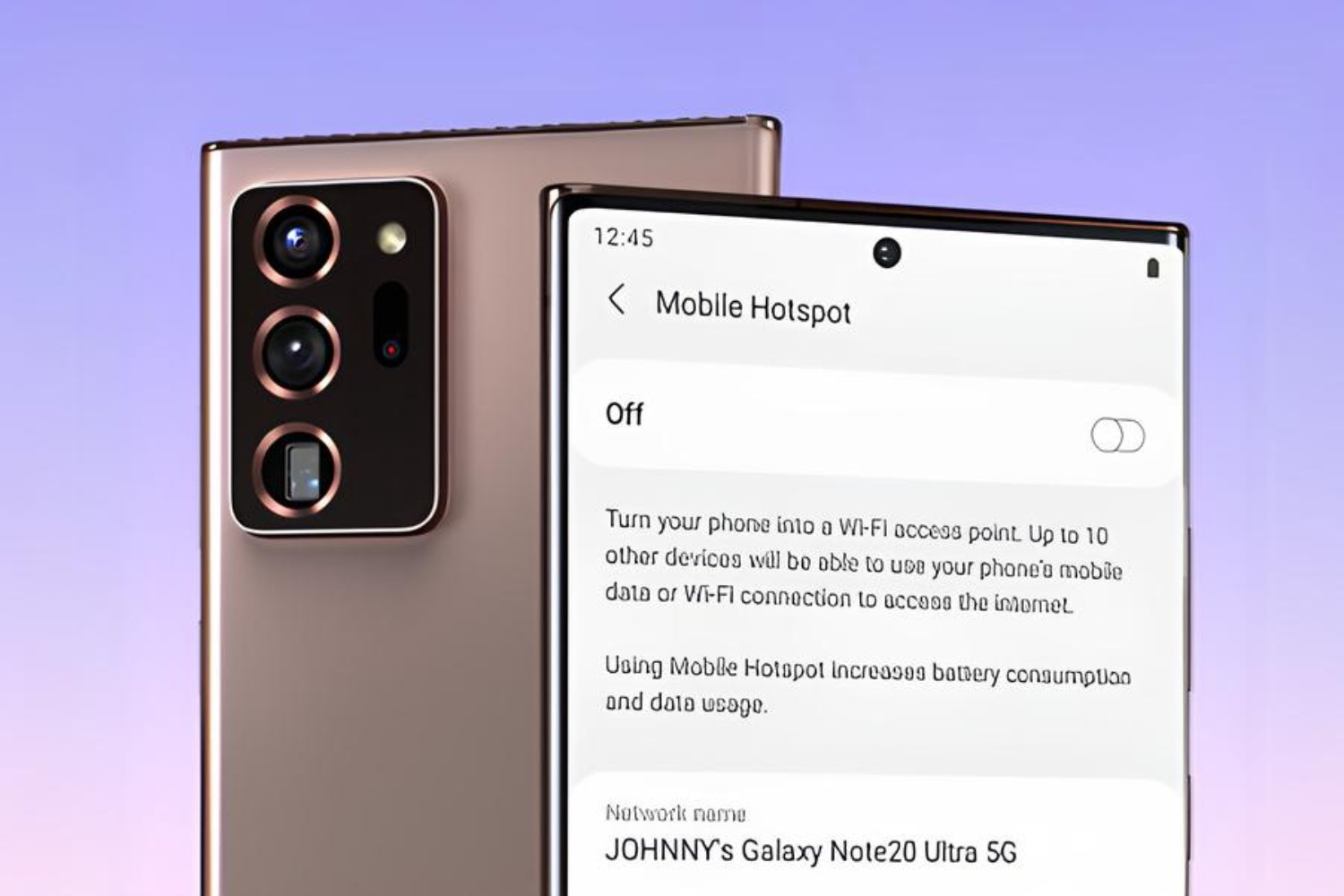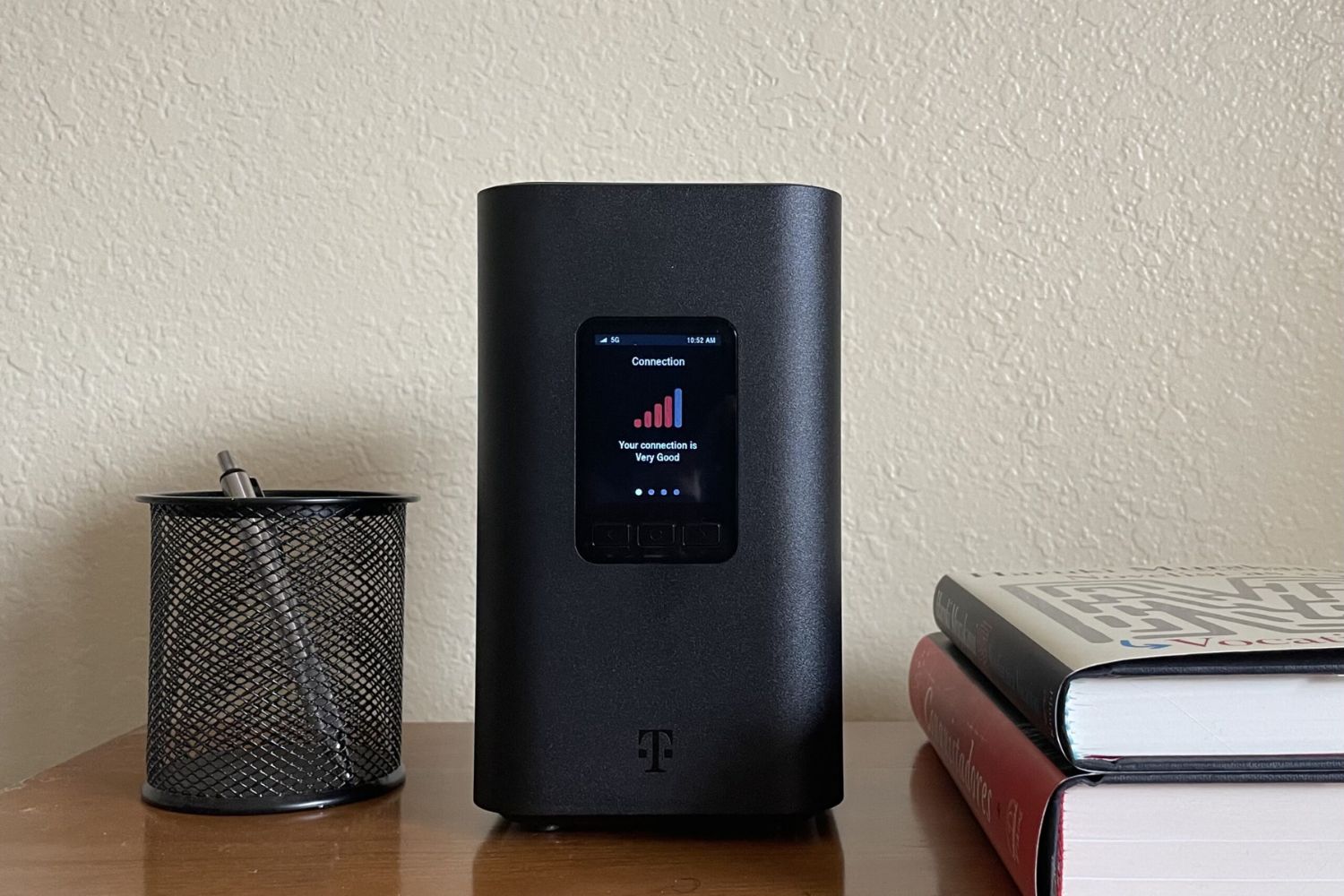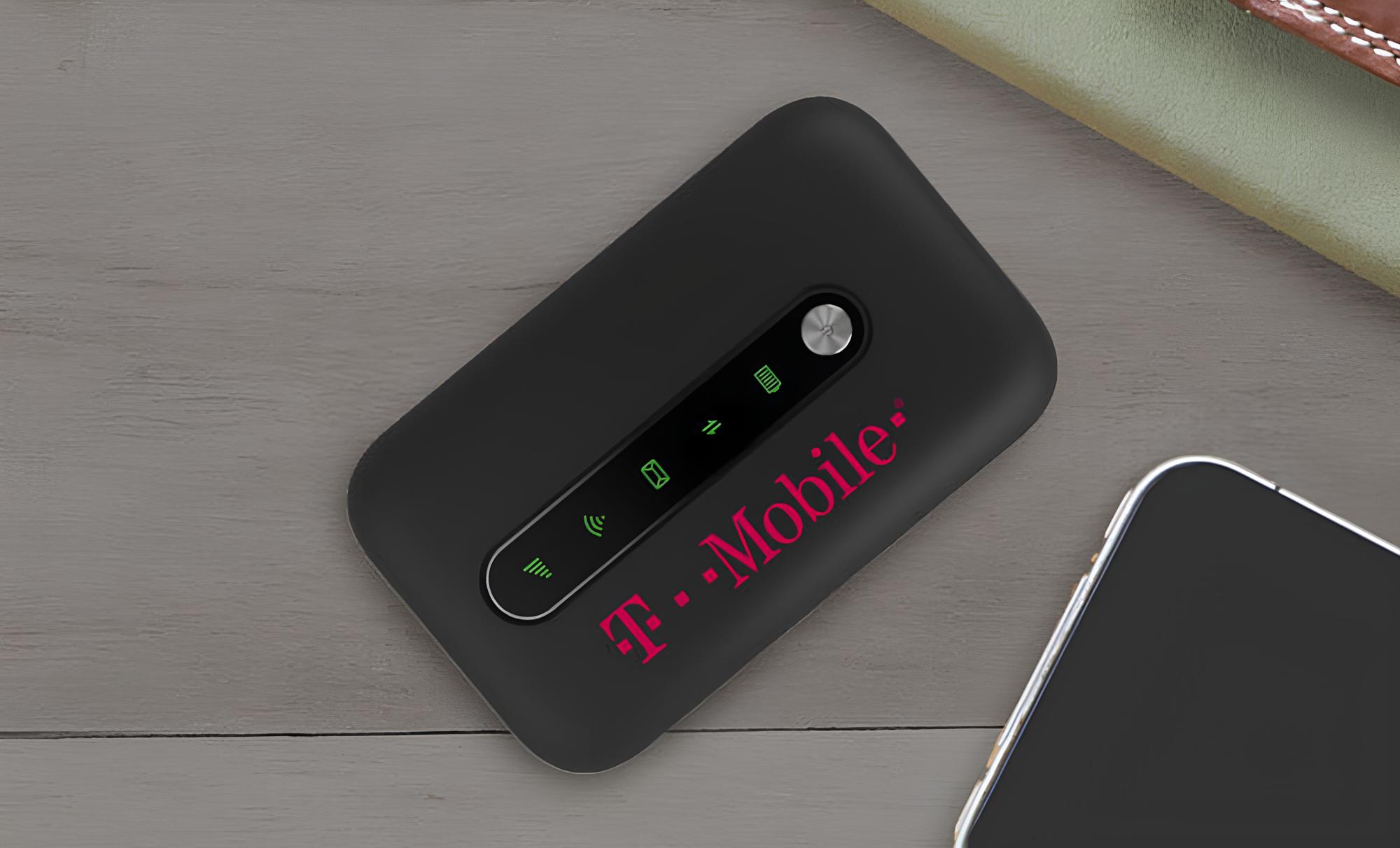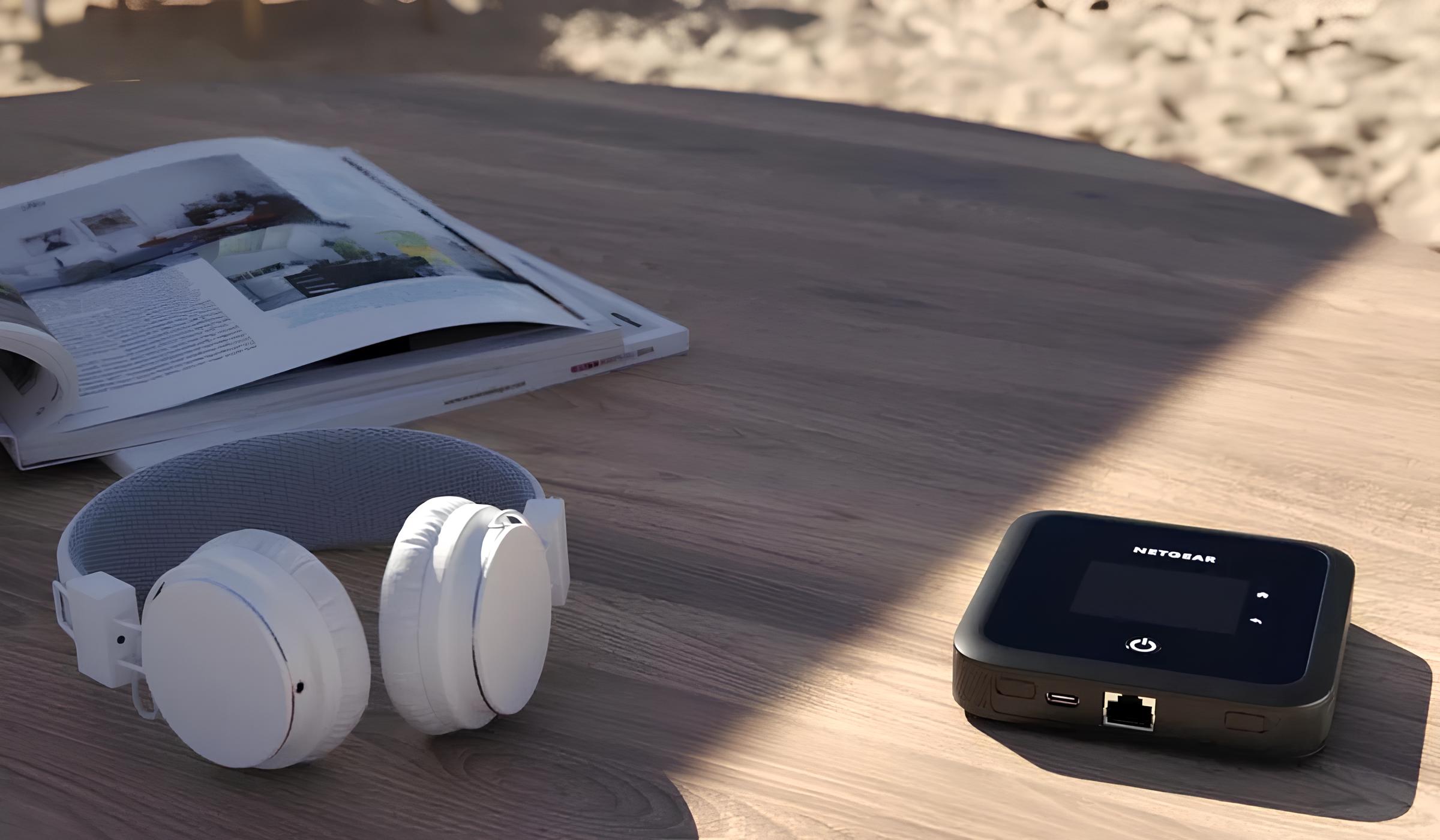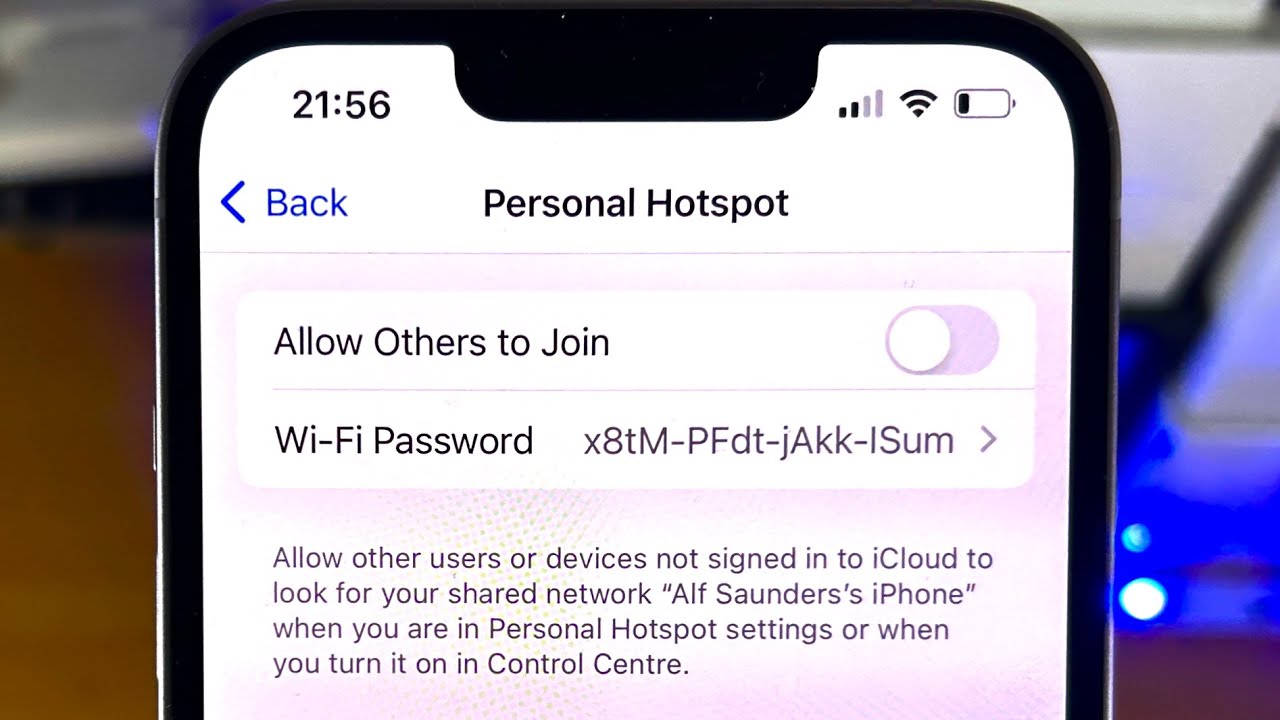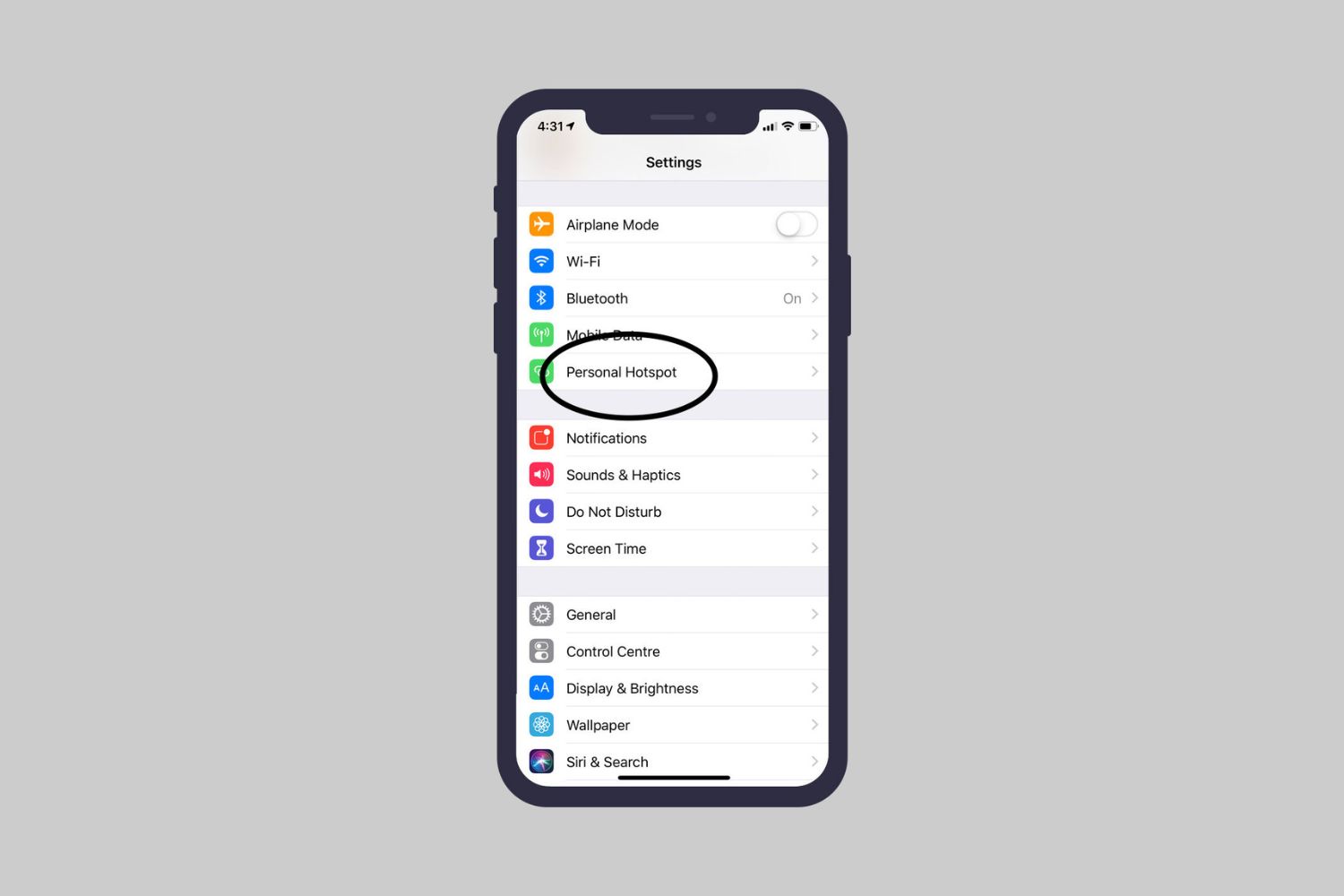Introduction
When it comes to staying connected on the go, T-Mobile hotspots are a convenient and reliable way to access the internet from virtually anywhere. However, just like any other electronic device, T-Mobile hotspots may encounter occasional glitches or performance issues. In such situations, knowing how to troubleshoot and reset the hotspot can be invaluable in restoring its functionality.
In this comprehensive guide, we will explore the essential steps to troubleshoot and reset a T-Mobile hotspot. Whether you're experiencing connectivity issues, slow performance, or other anomalies, these troubleshooting techniques will help you address the most common problems and get your hotspot back up and running smoothly.
By following the troubleshooting steps outlined in this guide, you can effectively diagnose and resolve issues that may be impacting the performance of your T-Mobile hotspot. From power cycling the device to performing a factory reset, each step is designed to help you navigate through potential challenges and restore your hotspot to optimal functionality.
So, if you've encountered connectivity issues, slow internet speeds, or other concerns with your T-Mobile hotspot, rest assured that this guide will equip you with the knowledge and techniques needed to troubleshoot and reset your device, ensuring a seamless and reliable internet experience on the go. Let's delve into the step-by-step troubleshooting process to revitalize your T-Mobile hotspot and get you back online without missing a beat.
Step 1: Power Cycle the Hotspot
Power cycling, also known as restarting, is a fundamental troubleshooting step that can effectively resolve a wide range of issues with electronic devices, including T-Mobile hotspots. When a hotspot is power cycled, it undergoes a complete shutdown and then restarts, allowing it to clear temporary data and reset its internal processes. This simple yet powerful process can often rectify connectivity issues, slow performance, and other common problems.
To power cycle your T-Mobile hotspot, follow these steps:
-
Turn Off the Hotspot: Locate the power button on your T-Mobile hotspot and press and hold it until the device powers down completely. Ensure that all indicator lights are off before proceeding to the next step.
-
Unplug the Power Adapter: Once the hotspot is powered off, unplug the power adapter from the device. This step ensures that all residual power is drained from the hotspot, facilitating a complete reset when it is powered back on.
-
Wait for a Few Minutes: Allow the hotspot to remain unplugged for at least 1-2 minutes. This waiting period is essential as it allows any lingering charge within the device to dissipate fully.
-
Plug In and Power On: After the brief waiting period, plug the power adapter back into the hotspot. Press the power button to turn the device back on. As the hotspot boots up, observe the indicator lights to ensure that the device is initializing properly.
By power cycling your T-Mobile hotspot, you are effectively giving it a fresh start, allowing it to clear any temporary glitches or software hiccups that may have been affecting its performance. This simple yet effective troubleshooting step can often resolve minor issues and restore the hotspot to optimal functionality.
In the event that power cycling does not fully address the issues you are experiencing, don't worry. There are additional troubleshooting steps that can further diagnose and resolve more complex problems with your T-Mobile hotspot. Let's proceed to the next step to continue the troubleshooting process.
Step 2: Check for Firmware Updates
Ensuring that your T-Mobile hotspot is running the latest firmware is crucial for optimal performance and security. Firmware updates often include bug fixes, performance enhancements, and security patches that can address known issues and vulnerabilities. By regularly checking for and installing firmware updates, you can keep your hotspot functioning at its best and safeguard it against potential security threats.
To check for firmware updates on your T-Mobile hotspot, follow these steps:
-
Access the Device Settings: Using a connected device, such as a laptop or smartphone, access the settings or configuration interface for your T-Mobile hotspot. This can typically be done by entering the hotspot's IP address into a web browser and logging in with the appropriate credentials.
-
Navigate to Firmware or Software Update Section: Once in the device settings interface, look for a section related to firmware or software updates. The location of this section may vary depending on the specific hotspot model, but it is often found within the "System" or "Administration" settings.
-
Check for Updates: Within the firmware or software update section, there should be an option to check for updates. Click on this option to initiate a check for the latest available firmware for your T-Mobile hotspot.
-
Install the Update: If a new firmware version is detected, follow the on-screen prompts to download and install the update. During the update process, it is important to ensure that the hotspot remains powered and connected to a stable internet connection.
By regularly checking for firmware updates and keeping your T-Mobile hotspot up to date, you can benefit from improved performance, enhanced features, and strengthened security. Additionally, staying current with firmware updates can help mitigate potential compatibility issues and ensure that your hotspot operates seamlessly with the latest network technologies.
In the event that a firmware update does not fully resolve the issues you are experiencing, there are additional troubleshooting steps that can further diagnose and address any persistent concerns with your T-Mobile hotspot. Let's proceed to the next step to continue the troubleshooting process.
Step 3: Reset Network Settings
Resetting the network settings on your T-Mobile hotspot can be a potent solution for addressing connectivity issues, network conflicts, and performance irregularities. This step involves clearing and reconfiguring the network settings on the device, effectively wiping out any potential configuration errors or conflicts that may be impeding its ability to connect and function optimally.
To reset the network settings on your T-Mobile hotspot, follow these essential steps:
-
Access the Device Settings: Using a connected device, such as a laptop or smartphone, navigate to the settings or configuration interface for your T-Mobile hotspot. This can typically be done by entering the hotspot's IP address into a web browser and logging in with the appropriate credentials.
-
Locate the Network Settings Section: Once within the device settings interface, look for the section related to network settings. This section may be labeled as "Network," "Wireless," or "Connection Settings," depending on the specific hotspot model.
-
Initiate the Reset Process: Within the network settings section, there should be an option to reset or restore the network settings to their default configuration. Click on this option to initiate the reset process. Before proceeding, it is important to note that resetting the network settings will clear all saved Wi-Fi networks and other network configurations from the hotspot.
-
Confirm the Reset: A confirmation prompt will typically appear to ensure that you intend to reset the network settings. Confirm the action to proceed with the reset process. Once confirmed, the hotspot will clear its network settings and revert to the default configuration.
-
Reconfigure Network Settings: After the network settings have been reset, you will need to reconfigure the hotspot's network settings to establish a connection to your desired Wi-Fi network or mobile data service. Follow the on-screen prompts to input the necessary network information and establish a new connection.
By resetting the network settings on your T-Mobile hotspot, you are effectively eliminating potential network configuration issues and conflicts that may be hindering its connectivity and performance. This step provides a clean slate for reconfiguring the network settings, ensuring that the hotspot can establish a stable and reliable connection to the internet.
In the event that resetting the network settings does not fully resolve the issues you are experiencing, there are additional troubleshooting steps that can further diagnose and address any persistent concerns with your T-Mobile hotspot. Let's proceed to the next step to continue the troubleshooting process.
Step 4: Factory Reset the Hotspot
When all other troubleshooting steps fail to resolve persistent issues with your T-Mobile hotspot, performing a factory reset can serve as a definitive solution to restore the device to its original settings and configuration. A factory reset effectively erases all user-customized settings, data, and configurations, returning the hotspot to its initial state as it was when first purchased. While this step is powerful in addressing complex issues, it is crucial to note that all personalized settings and data, including saved Wi-Fi networks and custom configurations, will be lost during the process.
To perform a factory reset on your T-Mobile hotspot, follow these essential steps:
-
Access the Device Settings: Using a connected device, such as a laptop or smartphone, navigate to the settings or configuration interface for your T-Mobile hotspot. This can typically be done by entering the hotspot's IP address into a web browser and logging in with the appropriate credentials.
-
Locate the Reset or Factory Reset Option: Once within the device settings interface, look for the option related to resetting the device to its factory default settings. This option is often labeled as "Reset," "Factory Reset," or "Restore to Factory Defaults," depending on the specific hotspot model.
-
Initiate the Factory Reset Process: Upon locating the factory reset option, proceed to initiate the reset process. Depending on the device model, you may be prompted to confirm your intention to perform a factory reset to prevent accidental initiation of the process.
-
Confirm the Factory Reset: A confirmation prompt will typically appear to ensure that you intend to proceed with the factory reset. It is essential to acknowledge and confirm this action, as performing a factory reset will irreversibly erase all user-customized settings and data from the hotspot.
-
Allow the Reset Process to Complete: Once the factory reset process is initiated and confirmed, the hotspot will undergo the reset procedure, erasing all personalized settings and data. It may take a few minutes for the device to complete the reset and restart.
By performing a factory reset on your T-Mobile hotspot, you are effectively returning the device to its original state, eliminating any persistent software issues, and restoring it to a clean and default configuration. This step serves as a powerful method to address complex and persistent issues that may have resisted other troubleshooting techniques.
In the rare event that a factory reset does not fully resolve the issues you are experiencing, it may indicate a hardware-related problem with the hotspot. In such cases, contacting T-Mobile's support or visiting a service center may be necessary to further diagnose and address the underlying issues.
With the completion of the factory reset process, your T-Mobile hotspot will be restored to its original settings, providing a fresh start and an opportunity to reconfigure the device to establish a stable and reliable connection to the internet.
Conclusion
In conclusion, troubleshooting and resetting a T-Mobile hotspot are essential skills that can empower users to overcome common connectivity issues, performance irregularities, and software glitches. By following the step-by-step troubleshooting process outlined in this guide, individuals can effectively diagnose and address a wide range of concerns that may impact the functionality of their T-Mobile hotspot. From power cycling the device to performing a factory reset, each step is designed to provide a systematic approach to resolving issues and restoring the hotspot to optimal performance.
It is important to emphasize that the troubleshooting steps presented in this guide are intended to address software-related issues and configuration conflicts. Power cycling, checking for firmware updates, resetting network settings, and performing a factory reset are powerful techniques for resolving common software glitches and restoring the hotspot to a functional state. However, in the rare event that persistent issues persist even after a factory reset, it may indicate a hardware-related problem that requires professional diagnosis and support from T-Mobile's service center.
Furthermore, maintaining the T-Mobile hotspot's firmware up to date is crucial for ensuring optimal performance, security, and compatibility with the latest network technologies. Regularly checking for and installing firmware updates can mitigate potential vulnerabilities and enhance the overall functionality of the hotspot.
By incorporating these troubleshooting techniques into their repertoire, users can confidently address and resolve a variety of issues that may arise with their T-Mobile hotspots, ultimately ensuring a seamless and reliable internet experience on the go. Whether it's addressing connectivity disruptions, slow performance, or network conflicts, having the knowledge and skills to troubleshoot and reset a T-Mobile hotspot is invaluable for maintaining uninterrupted access to the internet.
In essence, the ability to troubleshoot and reset a T-Mobile hotspot empowers users to take proactive measures in addressing potential issues, ensuring that their hotspot operates at its best and delivers a consistent and reliable internet connection wherever they go. With the completion of the troubleshooting process, individuals can enjoy the convenience and connectivity that T-Mobile hotspots offer, knowing that they have the expertise to overcome challenges and keep their hotspot functioning optimally.







